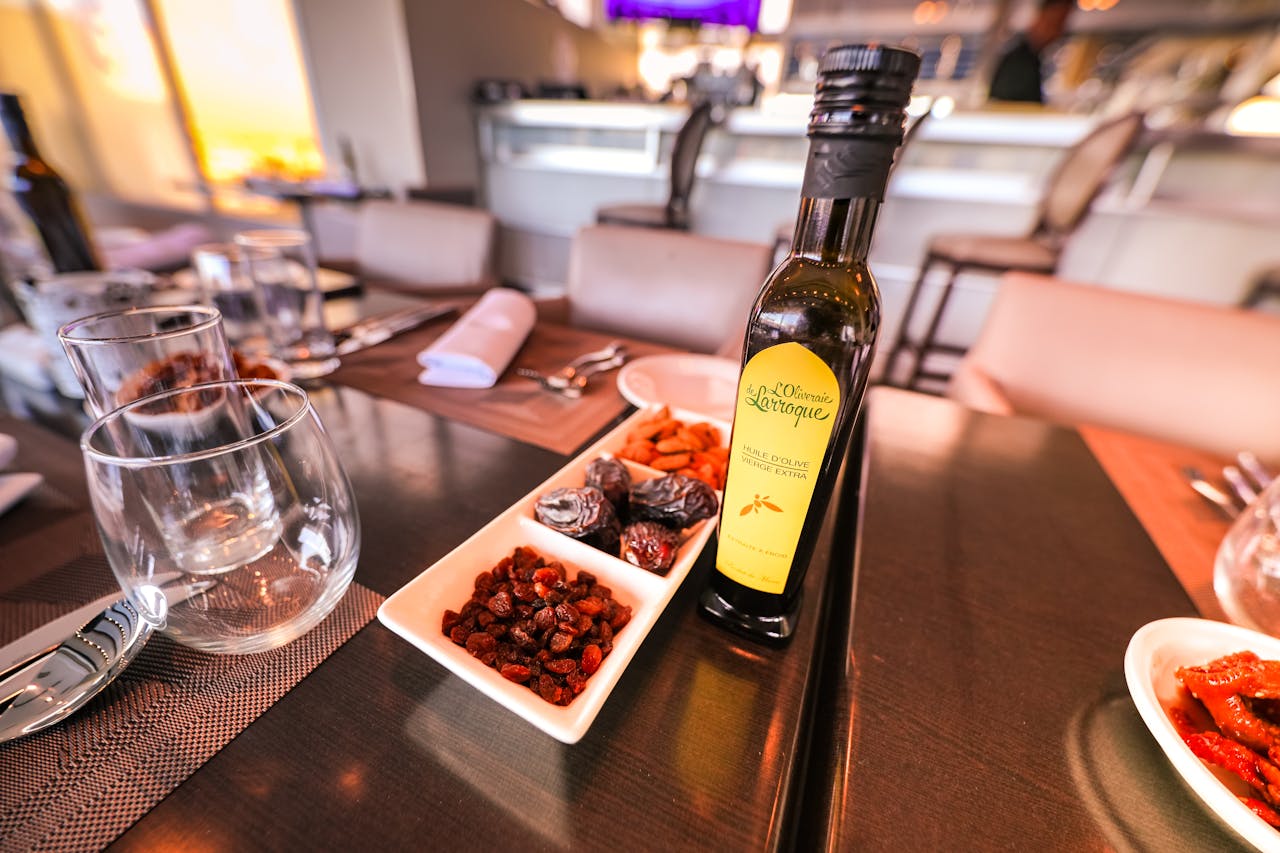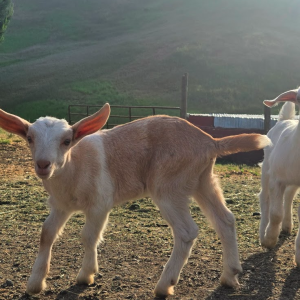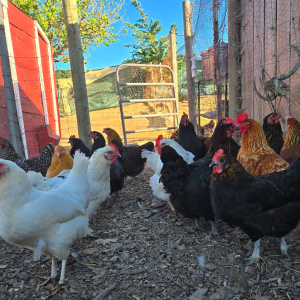1. Historical Trends in EVOO Consumption
Global Olive Oil Production and Consumption (2000–2023)
- Production Growth: Global olive oil production has steadily increased, with Spain, Italy, and Greece leading the way. In 2022, global production reached approximately 3.2 million metric tons.
- Consumption Growth: EVOO consumption has grown significantly, particularly in non-traditional markets like the U.S., China, and Northern Europe. For example:
- U.S. Consumption: Increased from 240,000 metric tons in 2000 to over 400,000 metric tons in 2023.
- China: EVOO consumption has grown by 15–20% annually over the past decade, driven by rising middle-class demand for premium health products.
Key Drivers of Historical Growth
- Health Awareness: The Mediterranean diet gained global recognition in the 1990s and 2000s, with EVOO as a cornerstone.
- Trade Liberalization: Reduced tariffs and improved global trade networks made EVOO more accessible worldwide.
2. Health and Nutrition Research
Key Studies and Findings
- Seven Countries Study (1950s–1970s): Ancel Keys’ research linked the Mediterranean diet, rich in EVOO, to lower rates of heart disease.
- PREDIMED Study (2013): A landmark Spanish study found that a Mediterranean diet supplemented with EVOO reduced the risk of cardiovascular events by 30%.
- Antioxidant Benefits: EVOO is rich in polyphenols, which have been shown to reduce inflammation and oxidative stress.
Consumer Impact
- Health-Conscious Consumers: These studies have been widely publicized, leading to a surge in demand for EVOO as a “functional food.”
- Nutrition Labels: Many EVOO brands now highlight health benefits on packaging, such as “high in polyphenols” or “supports heart health.”
3. Cultural and Culinary Influence
Culinary Trends
- Celebrity Chefs: Chefs like Jamie Oliver and Yotam Ottolenghi have popularized EVOO in gourmet cooking.
- Cooking Shows: Programs like MasterChef and The Great British Bake Off frequently feature EVOO as a premium ingredient.
Foodie Culture
- Farm-to-Table Movement: Consumers are increasingly interested in the origin and quality of their food, driving demand for artisanal EVOO.
- Flavor Profiles: EVOO is celebrated for its diverse flavor profiles, from peppery to fruity, appealing to gourmet enthusiasts.
4. Marketing and Branding
Premium Positioning
- Price Premium: EVOO is often marketed as a luxury product, with prices ranging from
- 15to
- 15to50 per liter for high-quality brands.
- Certifications: Labels like PDO (Protected Designation of Origin) and PGI (Protected Geographical Indication) assure consumers of quality and authenticity.
Global Brands
- Leading Brands: Companies like Filippo Berio, Bertolli, and California Olive Ranch have invested heavily in marketing campaigns to educate consumers about EVOO.
- E-Commerce: Online platforms like Amazon and specialty food websites have made EVOO more accessible to global consumers.
5. Food Scandals and Quality Concerns
Adulteration Scandals
- 2015 EU Investigation: Found that 30% of olive oil samples were mislabeled or adulterated with lower-quality oils.
- Consumer Backlash: These scandals led to increased demand for transparency and certifications.
Regulatory Changes
- Stricter Standards: The EU and U.S. have implemented stricter labeling laws to prevent fraud. For example, the USDA updated its olive oil grading standards in 2010.
6. Educational Campaigns
Industry Initiatives
- International Olive Council (IOC): Promotes EVOO through global campaigns, such as National Olive Oil Month (October in the U.S.).
- Workshops and Tastings: Many producers and retailers offer tastings and educational events to teach consumers about EVOO’s qualities.
Cooking Schools
- Culinary Institutes: Schools like Le Cordon Bleu and the Culinary Institute of America emphasize the use of EVOO in professional cooking.
7. Environmental and Ethical Awareness
Sustainability Trends
- Organic EVOO: Demand for organic EVOO has grown by 10–15% annually, driven by eco-conscious consumers.
- Carbon Footprint: Some brands now highlight sustainable farming practices, such as water conservation and renewable energy use.
Ethical Sourcing
- Fair Trade EVOO: Fair trade-certified EVOO appeals to socially conscious consumers.
8. Global Events
Expos and Trade Shows
- World Olive Oil Exhibition: Held annually in Madrid, this event attracts producers, buyers, and media, boosting global awareness.
- Slow Food Movement: Promotes traditional and sustainable food production, including EVOO.
Health Crises
- COVID-19 Pandemic: Increased focus on health and immunity led to a 20–25% spike in EVOO sales in 2020–2021.
9. Media and Social Media
Documentaries
- Extra Virginity (2011): Exposed fraud in the olive oil industry while highlighting the benefits of authentic EVOO.
- The Olive Oil Time Machine (2018): Showcased the history and craftsmanship behind EVOO production.
Social Media
- Influencers: Food bloggers and influencers on Instagram and TikTok have popularized EVOO through recipes and reviews.
- Viral Trends: EVOO has been featured in viral trends like “bread dipping” and “healthy fat bombs.”
Data and Trends Summary
| Factor | Impact on EVOO Awareness | Key Statistics |
| Health Research | Linked EVOO to reduced heart disease, diabetes, and inflammation | PREDIMED study: 30% lower cardiovascular risk |
| Culinary Influence | Popularized by chefs and cooking shows | 60% of gourmet recipes now feature EVOO |
| Marketing | Premium positioning and certifications | EVOO market value: $13 billion in 2023, growing at 5% annually |
| Food Scandals | Increased demand for transparency and quality | 30% of olive oil samples adulterated in 2015 EU investigation |
| Sustainability | Growth in organic and fair trade EVOO | Organic EVOO sales up 15% annually |
| Social Media | Viral trends and influencer endorsements | #ExtraVirginOliveOil: 1.2 million posts on Instagram |
Conclusion
The rise in consumer awareness of EVOO is a multifaceted phenomenon driven by health research, cultural shifts, marketing, and global events. As consumers continue to prioritize quality, health, and sustainability, EVOO is poised to remain a key player in the global food market. For more detailed data, you can refer to reports from the International Olive Council (IOC), USDA, and market research firms like Statista or Mordor Intelligence.













